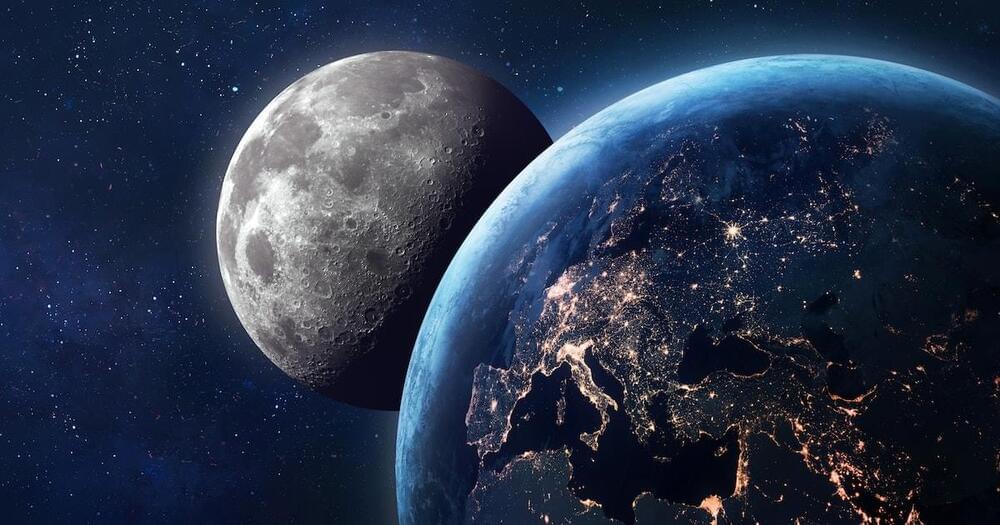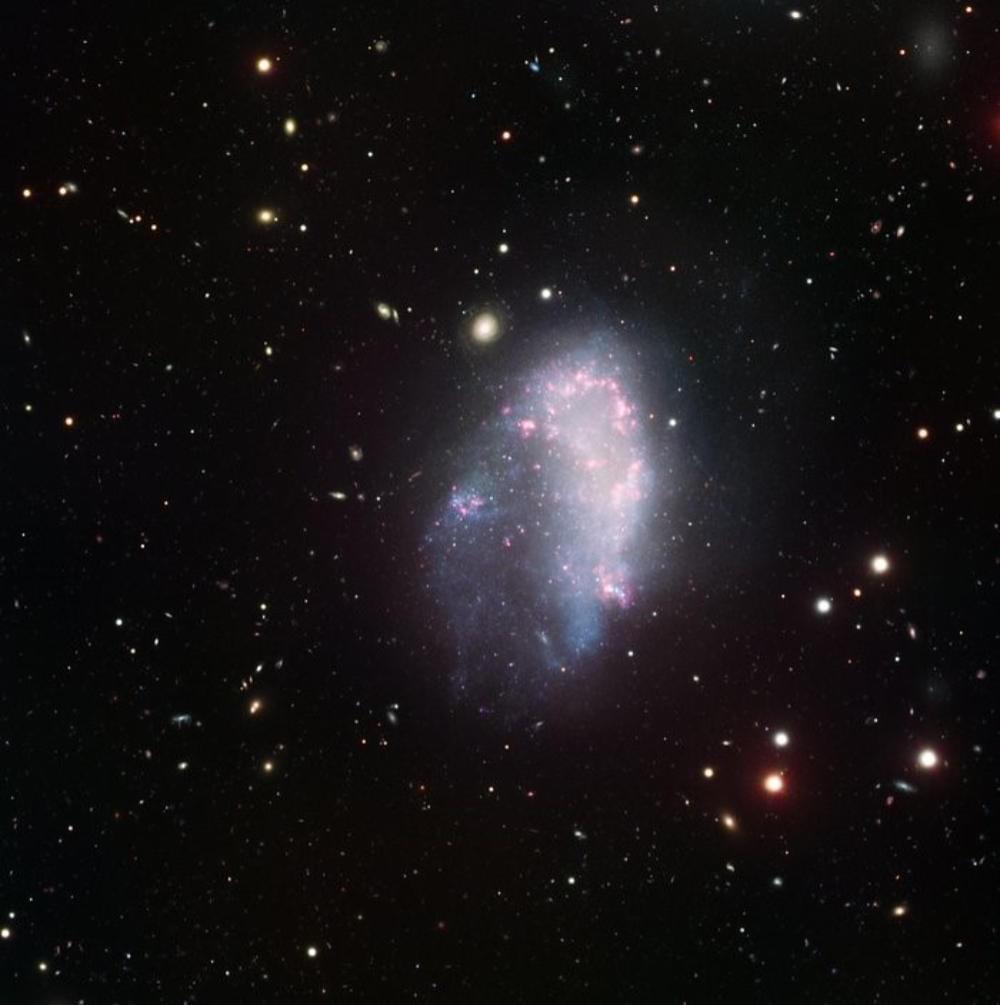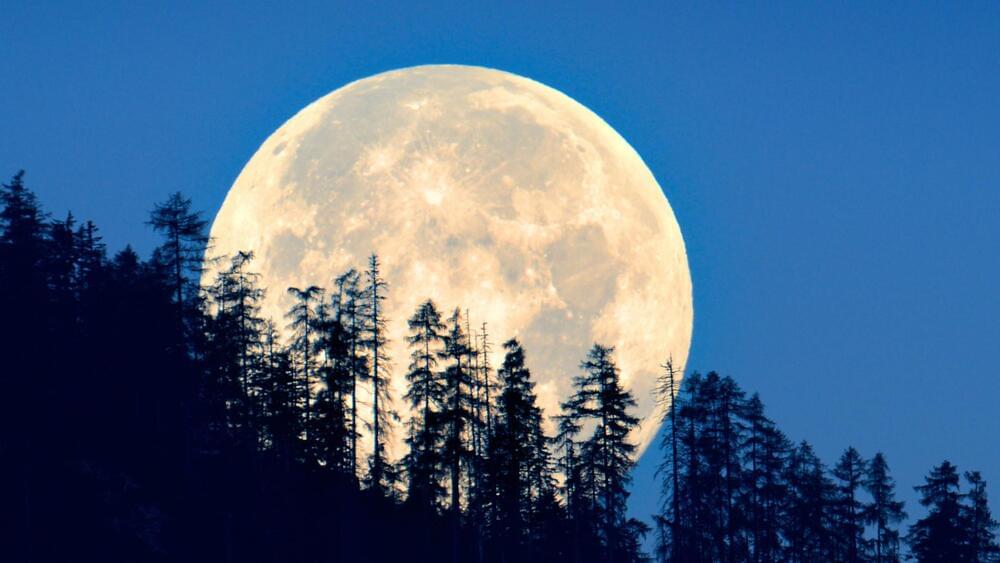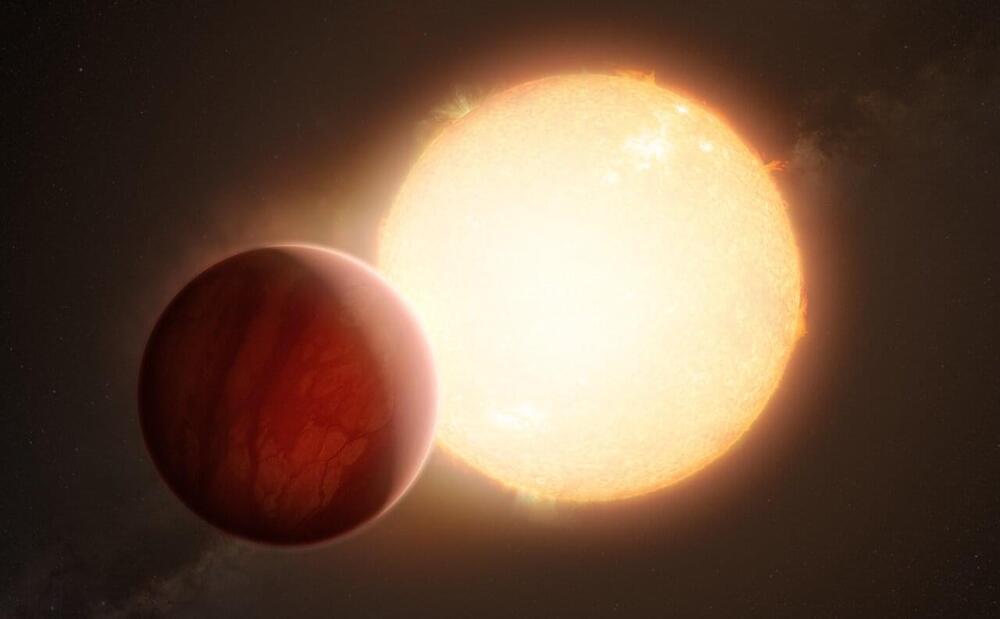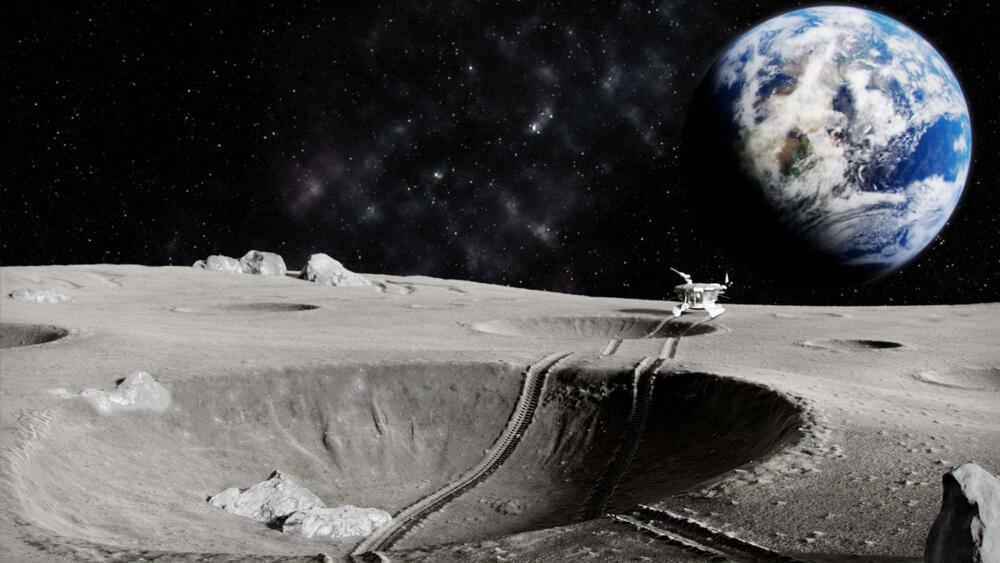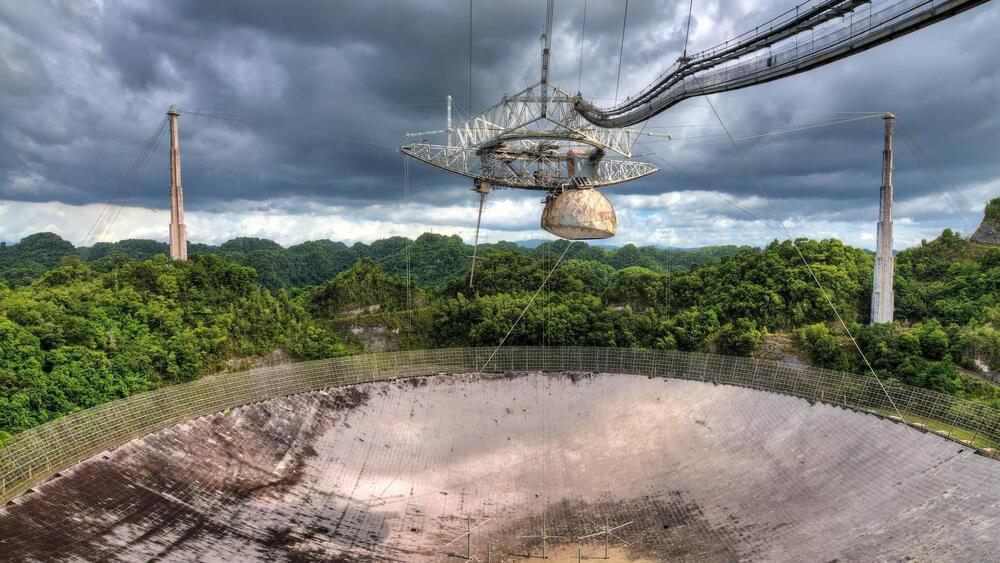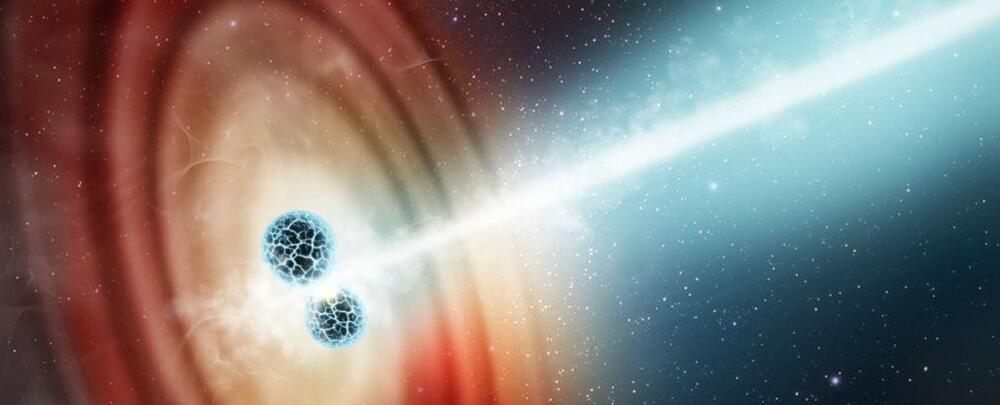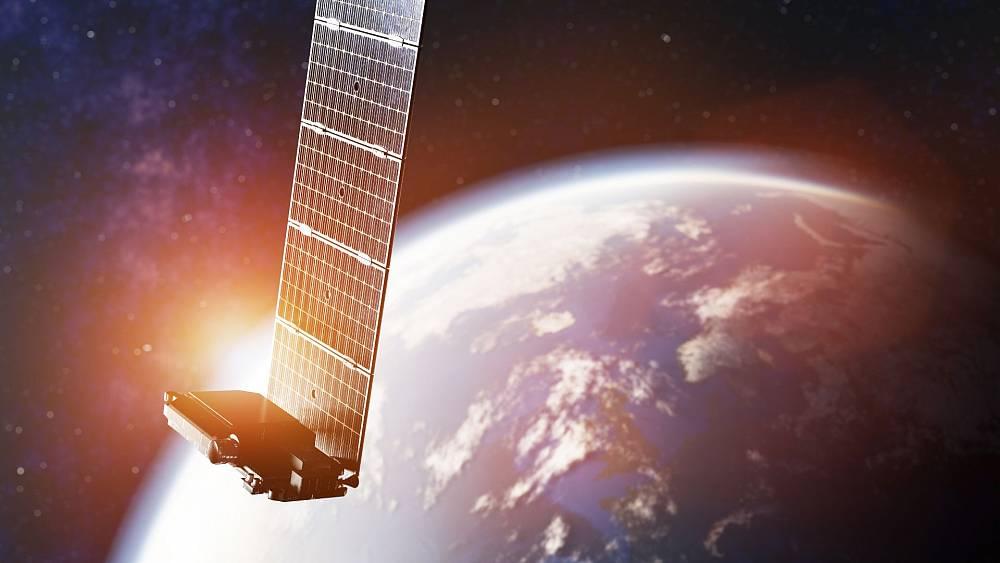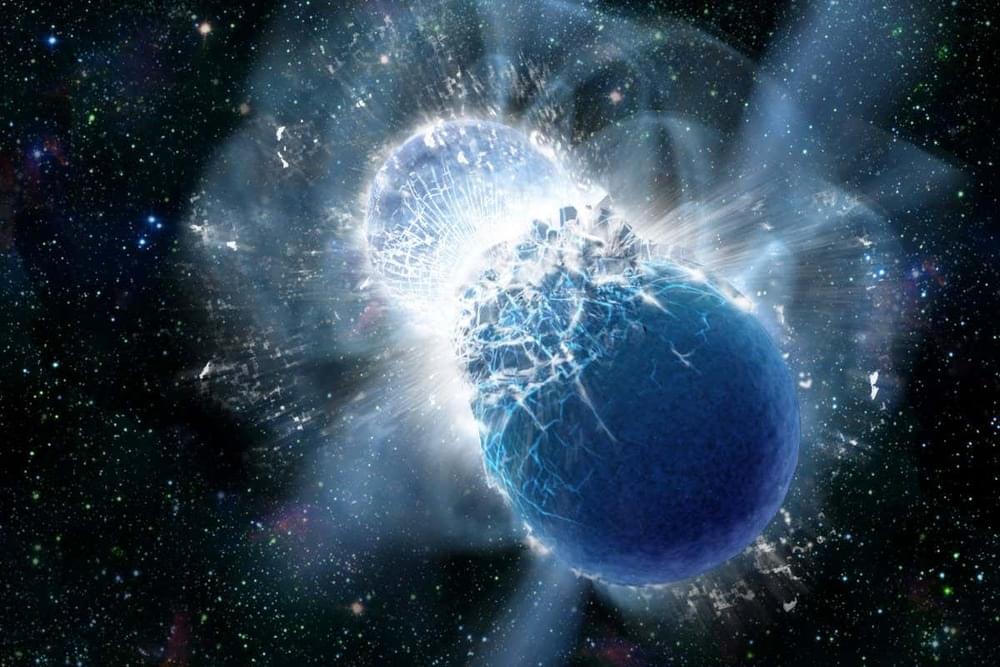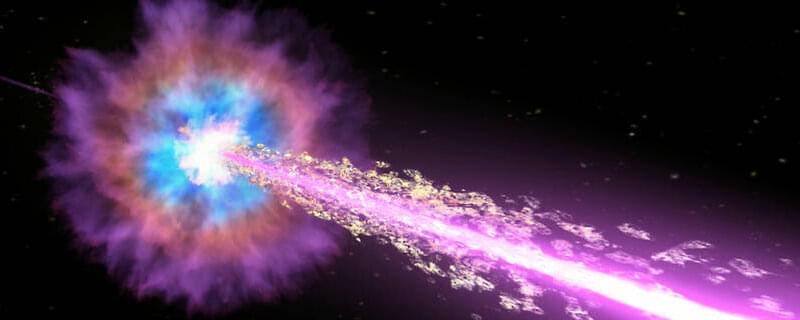If we take the Moon’s current rate of recession and project it back in time, we end up with a collision between the Earth and the Moon around 1.5 billion years ago. However, the Moon was formed around 4.5 billion years ago, meaning that the current recession rate is a poor guide for the past.
Along with our fellow researchers from Utrecht University and the University of Geneva, we have been using a combination of techniques to try and gain information on our solar system’s distant past.
We recently discovered the perfect place to uncover the long-term history of our receding Moon. And it’s not from studying the Moon itself, but from reading signals in ancient layers of rock on Earth.
